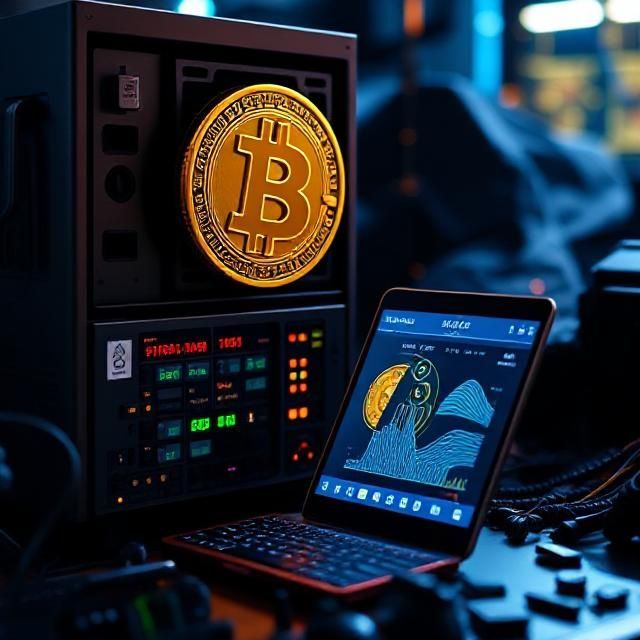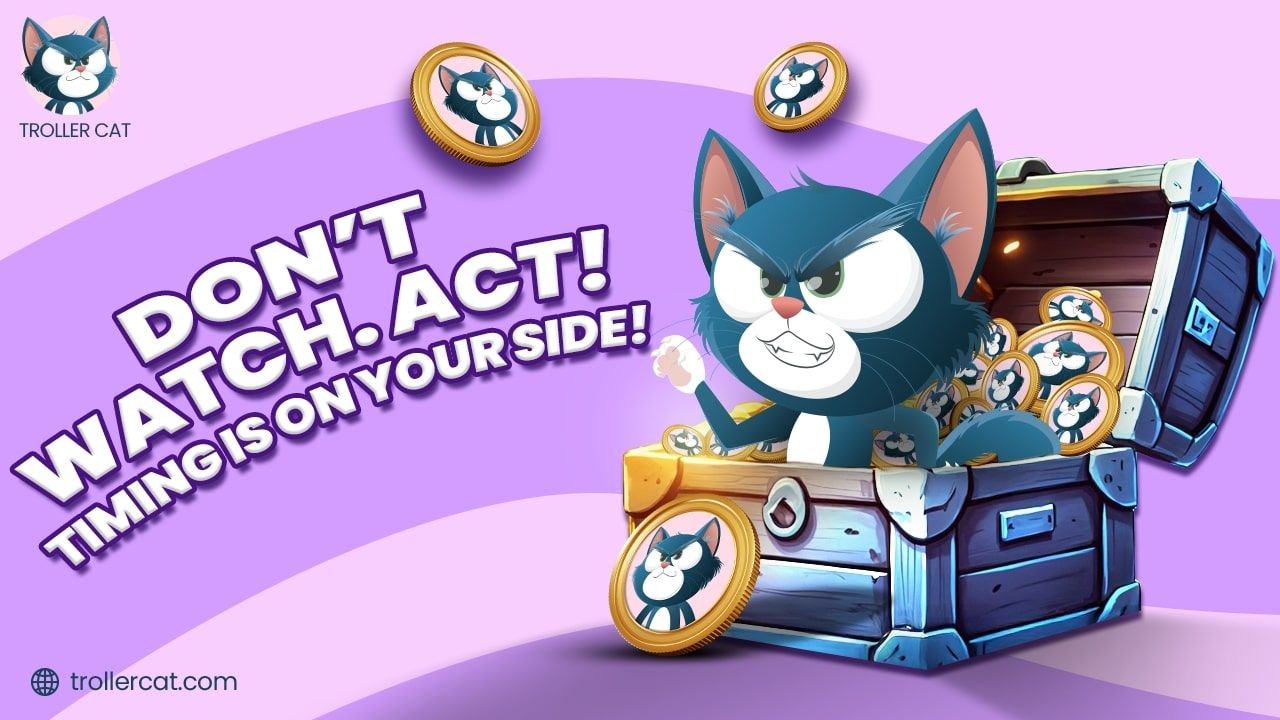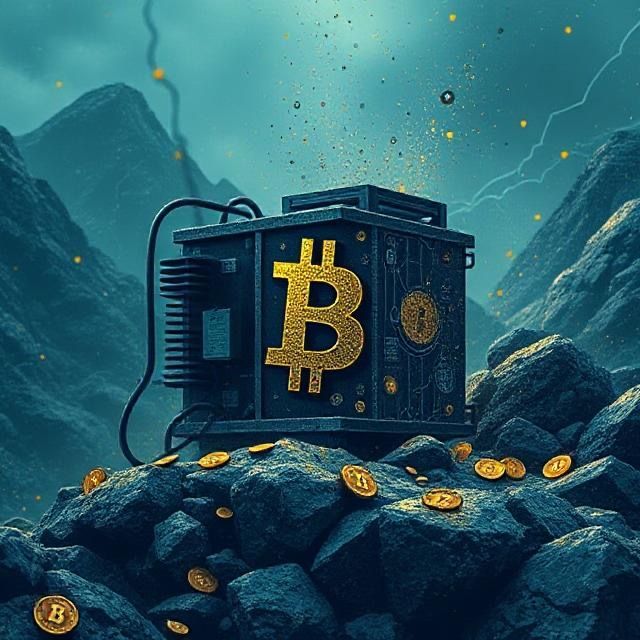The Real Bitcoin – A Beginner’s Guide to Avoiding Confusion Surrounding Bitcoin
Which is the Real Bitcoin?
Cryptocurrency started with Bitcoin. Bitcoin is a decentralized payment mechanism, that started off in 2008. The base of this first-ever decentralized digital currency was backed by nothing but the mutual trust of the participants of the Bitcoin network.
The Bitcoin protocol was designed with the main purpose of being free from any tampering of the original source code. No single participant is able to act against the network, nor can he deny use to the network in any way. This made Bitcoin the first, in a series of ‘Borderless transparent mutual censorship resistant immutable’ currency or medium of exchange.
After Bitcoin, it really didn’t take long for other projects to develop, with the main purpose of continuing what Bitcoin started. However, there were some which wanted to replace BTC altogether. By replacing, it doesn’t mean taking Bitcoin and throwing it away, but rather starting something new and claiming the newly specifically created project as being the “original Bitcoin”.
Bitcoin forks have been a matter of much debate in the cryptocurrency sphere. Consensus is a mandatory, in order for forks to validly be resolved and allow continuously functioning. A fork without consensus is what leads to a permanent split.
But Wait, what is a Fork?
Forks can be categorized into 2 different ways: hard fork and soft fork. Both hard and soft fork types create two different versions of the software. What mainly differentiates them is the fact that a hard fork is meant to create two incompatible blockchains/tokens, while a soft fork creates two compatible versions of the software and token.
A hard fork is a non-backwards compatible upgrade to an existing blockchain. This means that all the network nodes on the Bitcoin blockchain must either comply with the fork and update their protocol software or continue with the same outdated protocol by forming another separate Blockchain entity.
Up to this date, some of the most famous and relevant hard forks are: Bitcoin vs. Bitcoin Cash hard fork, Ethereum vs. Ethereum Classic hard fork etc.
What sets Bitcoin and Bitcoin Cash apart from other hard forks, is that these are internally developed by the network participants and implemented with the consensus of members choosing their own sides, based on their own personal beliefs. Thus, in case a part of the users doesn’t agree with the change, the result may be two different versions of the same initial blockchain running concurrently.
The Street Fight for “The Real Bitcoin”
Bitcoin Cash’s Argument
Bitcoin Cash is a cryptocurrency created in August 2017, from a fork of Bitcoin. Bitcoin Cash increases the size of blocks, allowing more transactions to be processed. The cryptocurrency underwent another fork in November 2018 and split into Bitcoin Cash ABC and Bitcoin Cash SV (Satoshi Vision). Bitcoin Cash is referred to as Bitcoin Cash because it uses the original Bitcoin Cash client.
The key difference between BTC and BCH is the block size. The Bitcoin block size is limited to 1 MB, while Bitcoin Cash offers a block size of 8 MB, which was later upgraded to 32 MB. A Bitcoin block holds about 2500 transactions, whereas for the first BCH blocks, this figure reached 7000. Thus, the prospects of Bitcoin Cash in terms of scalability initially looked much better.
However, most Bitcoin infrastructure (wallets, payment services, etc.) does not support Bitcoin Cash and consider it just another altcoin, not a “new Bitcoin.” This means that its use is limited to speculation on stock exchanges.
Bitcoin Cash has been known since its inception, partly under the umbrella of Roger Ver, to imply tactics that suggest it is the ‘original Bitcoin’. Some of the tactics employed by Bitcoin Cash to obtain the status of being the “first Bitcoin” is naming their website “ bitcoin.com ” , using the reddit channel r/btc and so on. This clearly shows how hard Bitcoin Cash is trying to confuse and possibly attract and convince more users about the legitimacy of the large number of “Bitcoins” out there.
Evolution of Craig Wright’s Vision
Bitcoin SV is a fork of the already existing fork, Bitcoin Cash. The differences related to the controversial block size topic between Bitcoin Cash and Bitcoin SV have increased to the extent of separating the 2 distinct approaches. Bitcoin SV, since splitting, has increased the already existing block size of Bitcoin Cash from 32 MB to 128 MB. There has been absolute chaos since, about the huge block size and how it might increase mining cost and affect scaling.
Craig Wright is a Research and Computer Scientist who has repeatedly gone on to claim that he is Satoshi Nakamoto, the anonymous person who created the Bitcoin protocol. These claims are widely regarded as a possible hoax by most of the Blockchain community in general, in part because other than statements and claims, Craig has never been able to support his statements by facts and proof.
A faction within the Bitcoin Cash community, led by Craig Wright and Calvin Ayre, completely disagreed with these proposed technical updates. They argued that the proposed upgrades weren’t secure and that they would corrupt the original vision of Bitcoin as “digital cash” by allowing noncash transactions. This faction launched a competing version of the protocol with a higher block size limit of 128 MB on the 15 th November of 2018, leading to a contentious hard fork that split the chain into Bitcoin Cash and Bitcoin SV.
| Bitcoin | Bitcoin Cash | Bitcoin SV | |
| Block No | Is the original protocol
Implementation was done by the pseudonym Satoshi Nakamoto with the help of fellow Cyber Punk Hal Finney |
Forked off Bitcoin from Block 478558
The fork was done due to internal differences arising between developers about the block size. Proponents of Bitcoin Cash, headed by Roger Ver, |
Forked off Bitcoin Cash from Block 566766 |
| Current Market Price
December 2019 |
$7509 Bitcoin has seen tremendous fluctuation in the past week with highs of $8600 and lows touching $6800 |
$218 Bitcoin Cash has been nothing but a downfall ever since its splitting. Interestingly, the fall is persistent despite recent crucial internal developments. |
$89 Not much can be commented on the history of Bitcoin SV as it is still nascent. |
| Network Hash Rate | 92,346,897 TH/s
The hash rate has seen an uptrend since the start of the year. Interestingly, Bitcoin recently touched an all-time hash rate high, much further than the late 2017 bull score. |
Approx. 6600 PH/s
Bitcoin Cash’s hash rate has recently been stabilizing at mid-2000, after seeing a huge drop since the bitcoin SV split. |
Approx 1.1 EH/s
After dropping from its initial high of 5 EH/s, a decrease in attention and interest has led to 90% downfall in network hash rate |
| Fee Structure | Current Daily Avg. Fee: $1.2
Bitcoin’s fees per transaction are known to be the most volatile in the business. The fees have been known to correlate with the increase in transactions. |
Current Daily Avg. Fee: 0.0004
Keeping up to its promise, Bitcoin Cash has been consistently supporting transaction at a negligible rate. |
Current Daily Avg. Fee: $0.0002
Since most of the idea has been inspired by its parent fork Bitcoin Cash, and owing to its inferior unit price, the transactions are being propagated and 50% of Bitcoin Cash’s fee. |
| Block Size | Supports 1MB per block
Usually is full due to high demand and low transaction per block count |
Supports 32 MB | Supports unto 128 MB
Much must be researched about the effects of large block and the relative cost to mine, also keeping it feasible enough for technology to catch up |
| Avg. Transaction/per day | 300,000 per day
Owing to high demand, the transactions per day usually stay within the limit, until further block size increases are made. |
30,000 per day
Bitcoin Cash has seen highs of 1 million transactions back in January 2019, but has since them seen a decrease in daily users |
200,000 per day
SV has periodically touched north of 2 million transaction per day, but has now stabilized to the currency average |
How to Avoid all the Confusion?
Sometimes, people think that the ‘realness” comes from the price reflection. This means that the highest valued iteration is the most widely supported one, and thus, the ‘real’ bitcoin. To help our readers distinguish the different Bitcoin named coins, below is a list of all the various factions within each community.
Note: There are probably over 100 coins that have the Bitcoin name in them. However, so far, only Bitcoin Cash and Bitcoin SV claimed they are the real Bitcoin.
| Bitcoin | Bitcoin Cash | Bitcoin SV | |
| Website | Bitcoin.org | Bitcoin.com | Bitcoinsv.io |
| Pushed By | Bitcoin Core | Roger Ver | Craig Wright |
| Reddit Handle | r/bitcoin | r/btc | r/Bitcoinsv |
| GitHub Repository | https://github.com/bitcoin/bitcoin | https://github.com/zquestz/bitcoincash | NA |
| Major Pools | – AntPool – Slush Pool – BTC.com |
– Bitcoin.com
– BTC.com – AntPool |
– viatc.com
– prohashing.com |
There are loads of sneaky and shady tactics employed by many cryptocurrencies our there. To underline our discussed example, where Bitcoin Cash named their website “ bitcoin.com ”, used the reddit channel r/btc etc. This clearly shows how hard Bitcoin Cash and cryptocurrencies which came after forks are trying to confuse and possibly manipulate users about the legitimacy of the wide number of “Bitcoins” out there.
In our opinion, the easiest way to navigate through the multitude of Bitcoin names is to just use the coin’s symbol: BTC, to be able to ignore the rest of “Bitcoin” findings.
Hope this article had enlightened and was explicit to anyone who got overwhelmed by looking at different types of ‘Bitcoin’ out there. We hope that any decision you take hence forth will be an informed one, rather than one which is forced upon you.
The post The Real Bitcoin – A Beginner’s Guide to Avoiding Confusion Surrounding Bitcoin appeared first on Crypto Adventure.






